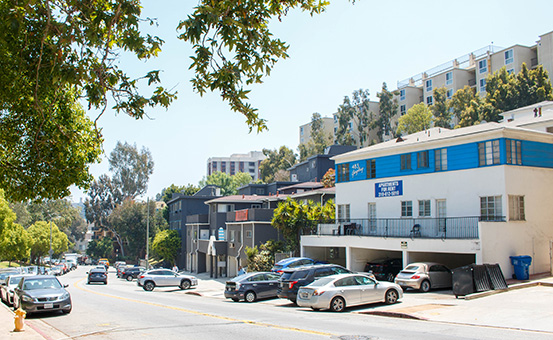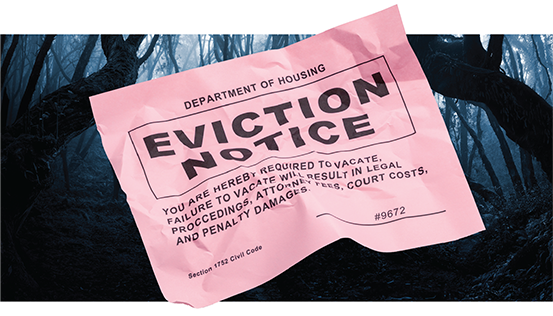Rent Freeze – Promise Broken

For more than 40 years, the City followed a formula for rent increases prescribed by its ordinance. Now, in the face of tremendous inflationary pressures, it has decided to severely reduce the allowable rent increase prescribed under the law after almost 4 years of zero increases and unprecedented inflation. Rental housing providers in the City of Los Angeles will never have an opportunity to even begin a process of recovery and recoupment of their losses at the hands of short-sighted, government officials. It is perfectly clear, particularly when it comes to Councilmembers Soto-Martinez, Hernandez and Raman, each of whom has proudly declared allegiance to the Democratic Socialist Party, that there is no respect on the City Council for private property owners who have sacrificed to make investments that place roofs over the heads of members of their community.













